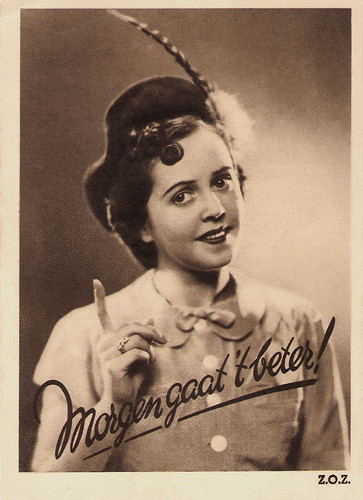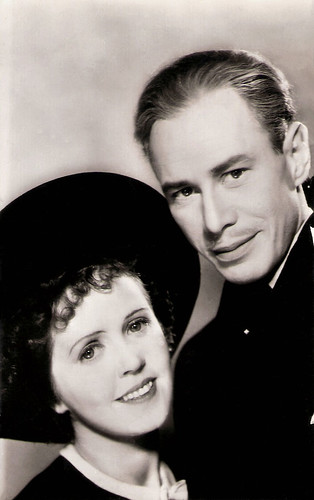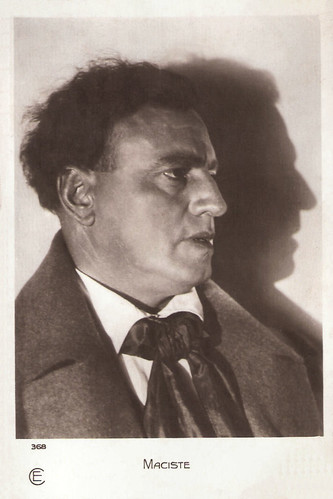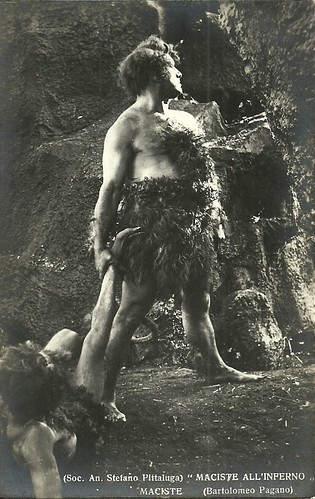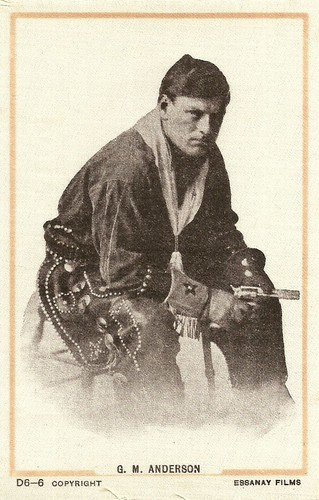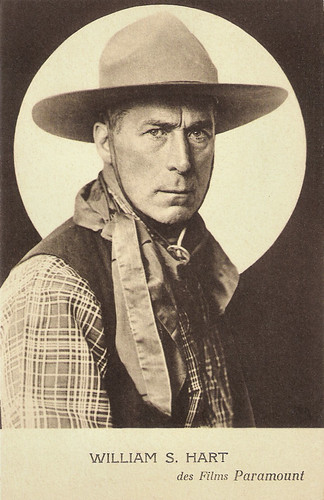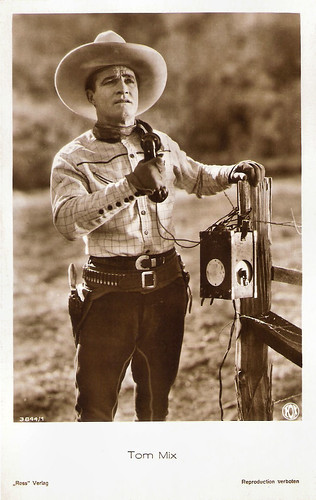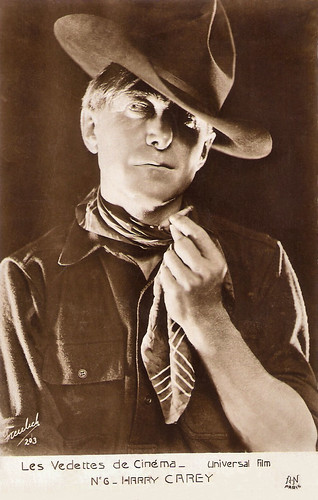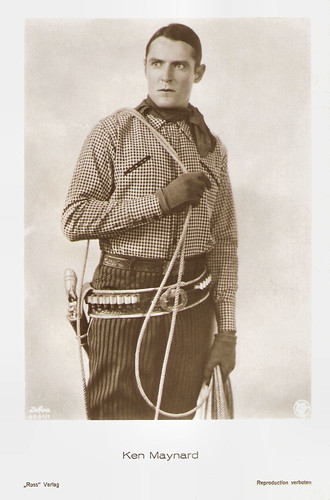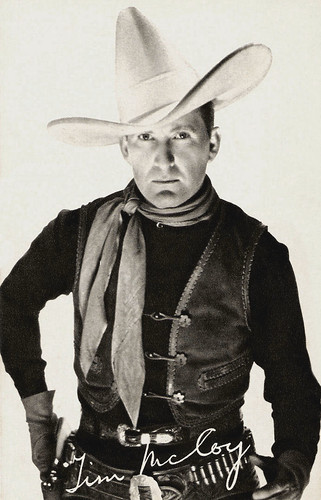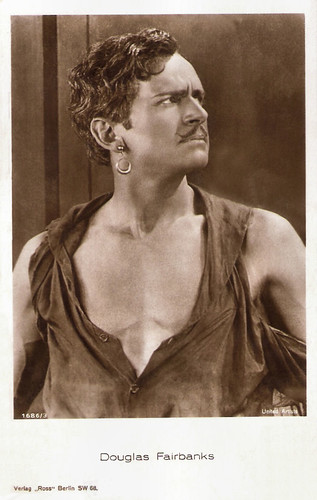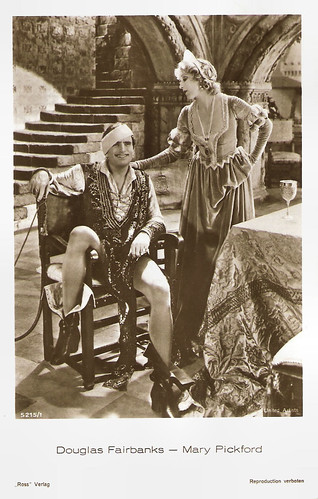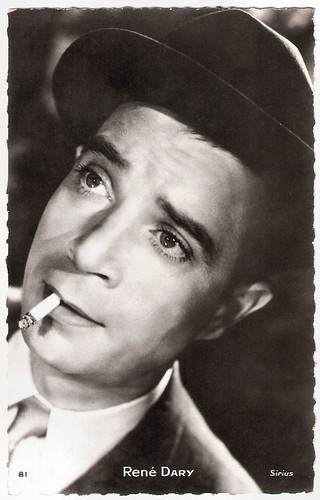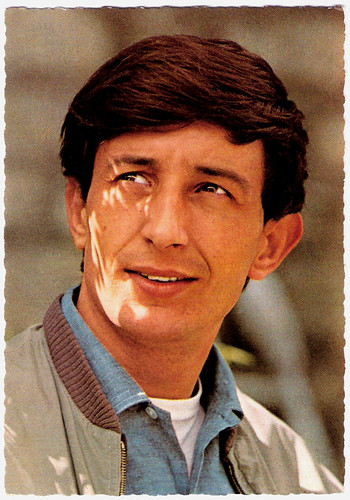Every year in early autumn, the Netherlands Film Festival (NFF) takes place. For ten days, the city of Utrecht is the cinema capital of the Netherlands. From 23 September till 2 October, we join the fun with our own Netherlands Film Star Postcards Festival (NFSPF). Today, a post on singer and actress Yoka Berretty (1928), who started her career as a glamorous starlet in Italian films.
![Yoka Berretty]()
Postcard by Forronia.
Yoka Berretty was born as Johanna Ernistina Petrusa Meijeringh in Rotterdam, The Netherlands, in 1928.
After secondary school, she attended acting classes at the Actor's Studio in New York, at the Théatre de Poche with Marcel Marceau and Etienne Decroux in Paris, and in Rome.
Yoka started her career with bit and supporting parts in the Italian films Angela (Edoardo Anton, Dennis O’Keefe, 1955) featuring Mara Lane, the hit Pane, amore e.../Scandal in Sorrento (Dino Risi, 1955) starring Vittorio de Sicaand Sophia Loren, the hilarious farce La banda degli onesti/The Band of Honest Men (Camillo Mastrocinque, 1956) starring the comedians Totò and Peppino De Filippo, and the drama Gli occhi senza luce/The Eyes Without Light (Flavio Calzavara, 1956) with Milly Vitale.
She returned to The Netherlands, where she worked on stage for theatre companies like Nederlandse Comedie, Ensemble, Centrum, Amsterdams Volkstoneel and Theaterunie. She also appeared
on radio and television.
Incidentally, Berretty played small roles in international film productions such as the war drama The Last Blitzkrieg (Arthur Dreifuss, 1959) starring Van Johnson and the Knut Hamsun adaptation Das Letzte Kapitel/The Last Chapter (Wolfgang Liebeneiner, 1961) with Hansjörg Felmy.
Vittorio de Sica and Sophia Loren dance the mambo in Pane, amore e.../Scandal in Sorrento (1955). Source: Vincent Kent (YouTube). Yoka Berretty plays Erica.
Yoka sings Een op de valreep (one for the road) in 1960. Recognize the picture? Source: Disco82 (YouTube).
Yoka Berretty became a well known TV personality in The Netherlands. In 1959, she was the organizer and co-presenter of the first TV benefit action show Redt een Kind/Save A Child for child refugees from Algeria. A national sensation was the satiric TV show Zo is het toevallig ook nog eens een keer (1963-1966), based on the BBC programme That Was the Week That Was.
She also played parts in the prestigious Dutch films Makkers staakt uw wild geraas/That Joyous Eve (Fons Rademakers, 1960) as the wife of Guus Oster, and opposite Rob de Vries in De Overval/The Silent Raid (Paul Rotha, 1962) about the Dutch resistance in the Second World War.
Her later films were VD (Wim Verstappen, 1972) with Kees Brusse, Rufus (Samuel Meyering, 1975) starring Rijk de Gooyer, the German-Dutch coproduction Charlotte (Frans Weisz, 1981) starring Birgit Doll and Derek Jacobi, the thriller De Prooi/The Prey (Vivian Pieters, 1985) and Advocaat van de Hanen/Punk Lawyer (Gerrit van Elst, 1996) with Pierre Bokma.
In the 1990s, Berretty played leading parts in three films by director and publicist Theo van Gogh, who was assasinated in 2004: Eva (1992), Au!/Ouch! (1997) and In het belang van de staat/In the Interests of the State (1997) starring Marlies Heuer.
The last times she appeared for the cameras was on television in the popular crime series Baantjer (2000), and in the short film Anderland (2003).
Yoka Berretty was married twice. Her first marriage was with Dominique Berretty, a famed Magnum-photographer whose surname she adopted. Later she was married to publisher Andreas Landshoff, the son of German film actress Ruth Hellberg. Yoka Berretty is the mother of Yolante Berretty, and of director Benjamin Landshoff, in whose TV series Erwassus/Once upon a time (1997), she appeared.
De Overval/The Silent Raid (Paul Rotha, 1962). Full movie, no subtitles. Source: kitekat112 (YouTube).
Yoka Berretty sings the title song of the satiric TV programme Zo is het toevallig ook nog eens een keer (1963-1966). Source: Toenwaskwaliteit nogheelgewoon (YouTube).
This is a post for Postcard Friendship Friday, hosted by Beth at the blog The Best Hearts are Crunchy. You can visit her by clicking on the button below.
![]()
Source: Beeld en Geluid Wiki (Dutch), Wikipedia (Dutch), Trouw (Dutch) and IMDb.

Postcard by Forronia.
Italian films
Yoka Berretty was born as Johanna Ernistina Petrusa Meijeringh in Rotterdam, The Netherlands, in 1928.
After secondary school, she attended acting classes at the Actor's Studio in New York, at the Théatre de Poche with Marcel Marceau and Etienne Decroux in Paris, and in Rome.
Yoka started her career with bit and supporting parts in the Italian films Angela (Edoardo Anton, Dennis O’Keefe, 1955) featuring Mara Lane, the hit Pane, amore e.../Scandal in Sorrento (Dino Risi, 1955) starring Vittorio de Sicaand Sophia Loren, the hilarious farce La banda degli onesti/The Band of Honest Men (Camillo Mastrocinque, 1956) starring the comedians Totò and Peppino De Filippo, and the drama Gli occhi senza luce/The Eyes Without Light (Flavio Calzavara, 1956) with Milly Vitale.
She returned to The Netherlands, where she worked on stage for theatre companies like Nederlandse Comedie, Ensemble, Centrum, Amsterdams Volkstoneel and Theaterunie. She also appeared
on radio and television.
Incidentally, Berretty played small roles in international film productions such as the war drama The Last Blitzkrieg (Arthur Dreifuss, 1959) starring Van Johnson and the Knut Hamsun adaptation Das Letzte Kapitel/The Last Chapter (Wolfgang Liebeneiner, 1961) with Hansjörg Felmy.
Vittorio de Sica and Sophia Loren dance the mambo in Pane, amore e.../Scandal in Sorrento (1955). Source: Vincent Kent (YouTube). Yoka Berretty plays Erica.
Yoka sings Een op de valreep (one for the road) in 1960. Recognize the picture? Source: Disco82 (YouTube).
TV Personality
Yoka Berretty became a well known TV personality in The Netherlands. In 1959, she was the organizer and co-presenter of the first TV benefit action show Redt een Kind/Save A Child for child refugees from Algeria. A national sensation was the satiric TV show Zo is het toevallig ook nog eens een keer (1963-1966), based on the BBC programme That Was the Week That Was.
She also played parts in the prestigious Dutch films Makkers staakt uw wild geraas/That Joyous Eve (Fons Rademakers, 1960) as the wife of Guus Oster, and opposite Rob de Vries in De Overval/The Silent Raid (Paul Rotha, 1962) about the Dutch resistance in the Second World War.
Her later films were VD (Wim Verstappen, 1972) with Kees Brusse, Rufus (Samuel Meyering, 1975) starring Rijk de Gooyer, the German-Dutch coproduction Charlotte (Frans Weisz, 1981) starring Birgit Doll and Derek Jacobi, the thriller De Prooi/The Prey (Vivian Pieters, 1985) and Advocaat van de Hanen/Punk Lawyer (Gerrit van Elst, 1996) with Pierre Bokma.
In the 1990s, Berretty played leading parts in three films by director and publicist Theo van Gogh, who was assasinated in 2004: Eva (1992), Au!/Ouch! (1997) and In het belang van de staat/In the Interests of the State (1997) starring Marlies Heuer.
The last times she appeared for the cameras was on television in the popular crime series Baantjer (2000), and in the short film Anderland (2003).
Yoka Berretty was married twice. Her first marriage was with Dominique Berretty, a famed Magnum-photographer whose surname she adopted. Later she was married to publisher Andreas Landshoff, the son of German film actress Ruth Hellberg. Yoka Berretty is the mother of Yolante Berretty, and of director Benjamin Landshoff, in whose TV series Erwassus/Once upon a time (1997), she appeared.
De Overval/The Silent Raid (Paul Rotha, 1962). Full movie, no subtitles. Source: kitekat112 (YouTube).
Yoka Berretty sings the title song of the satiric TV programme Zo is het toevallig ook nog eens een keer (1963-1966). Source: Toenwaskwaliteit nogheelgewoon (YouTube).
This is a post for Postcard Friendship Friday, hosted by Beth at the blog The Best Hearts are Crunchy. You can visit her by clicking on the button below.

Source: Beeld en Geluid Wiki (Dutch), Wikipedia (Dutch), Trouw (Dutch) and IMDb.

























